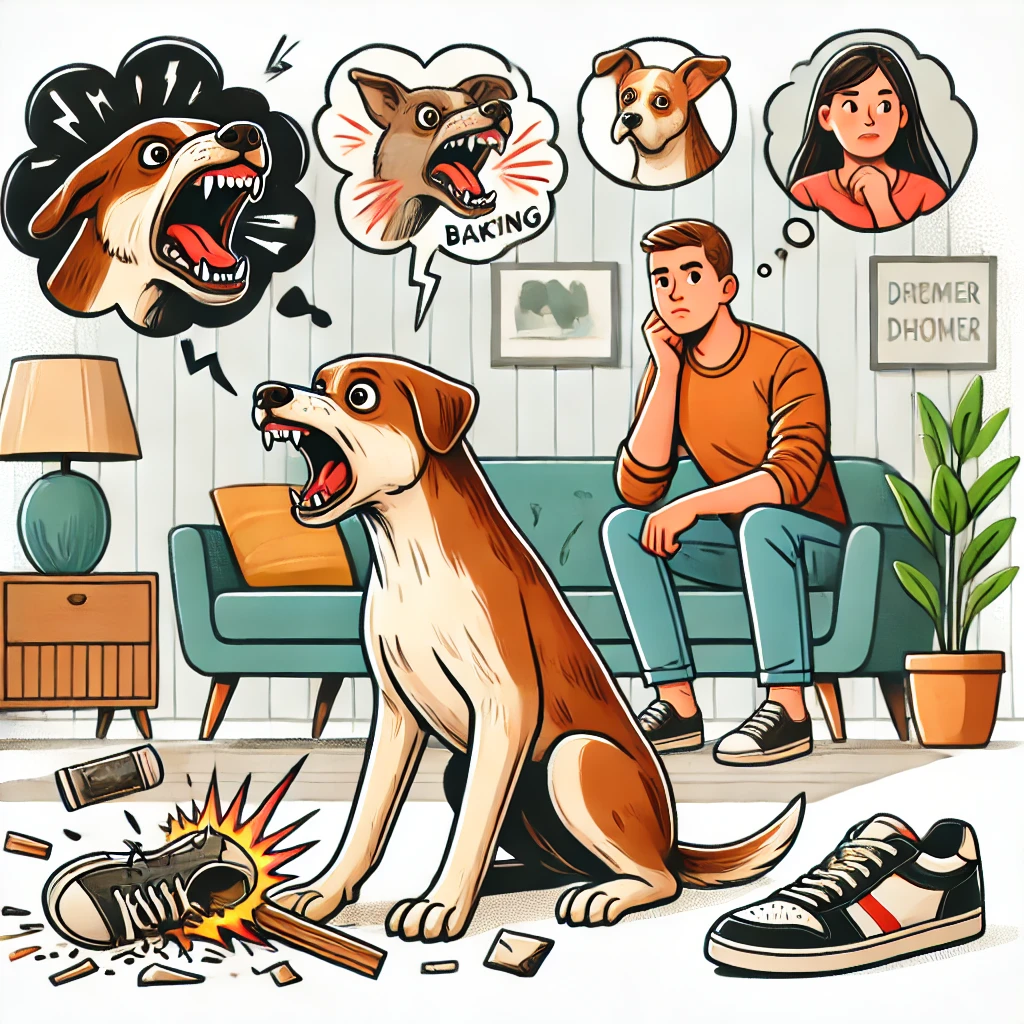Note: at the bottom of this article is the index for previous posts
Dogs communicate through body language, vocalizations, and behavior patterns. Understanding these signals can help strengthen your bond and address any issues effectively. Here’s a guide to interpreting your dog’s behavior and simple remedies for common concerns.
Understanding Dog Behavior
1. Body Language
- Tail Wagging: A relaxed wag usually means happiness, while a stiff wag could indicate alertness or aggression.
- Ears Position: Forward ears show curiosity or excitement, while flattened ears indicate fear or submission.
- Posture: A relaxed stance means your dog is comfortable, whereas a rigid body may signal tension.
2. Vocalizations
- Barking: Can mean excitement, warning, or anxiety.
- Whining: Often signals distress, hunger, or a need for attention.
- Growling: May indicate discomfort, fear, or a desire to protect something.
3. Common Behavioral Issues and Remedies
Separation Anxiety
- Signs: Excessive barking, destructive chewing, and pacing when left alone.
- Remedy: Gradually train your dog to tolerate short periods alone. Provide interactive toys and consider crate training for security.
Aggression
- Signs: Growling, snapping, or lunging at people or other animals.
- Remedy: Identify triggers (e.g., fear, territoriality) and work with a professional trainer. Socialization and positive reinforcement help reduce aggressive tendencies.
Excessive Barking
- Signs: Constant barking at people, animals, or noises.
- Remedy: Ensure your dog gets enough exercise and mental stimulation. Training commands like “quiet” with rewards can be effective.
Chewing and Destructive Behavior
- Signs: Damaged furniture, shoes, or household items.
- Remedy: Provide chew toys and redirect chewing habits. Address underlying causes like boredom or anxiety with more exercise and mental activities.
Jumping on People
- Signs: Overexcited jumping when greeting people.
- Remedy: Ignore the jumping and reward calm behavior. Teach commands like “sit” to encourage proper greetings.
Final Thoughts
Understanding your dog’s behavior takes patience and observation. Consistent training, positive reinforcement, and meeting their physical and emotional needs can prevent and correct unwanted behaviors. If issues persist, consulting a professional trainer or veterinarian can help.
By recognizing what your dog is trying to communicate, you can ensure a happier, healthier relationship with your furry friend.
Click Here To Get All Extra Information
